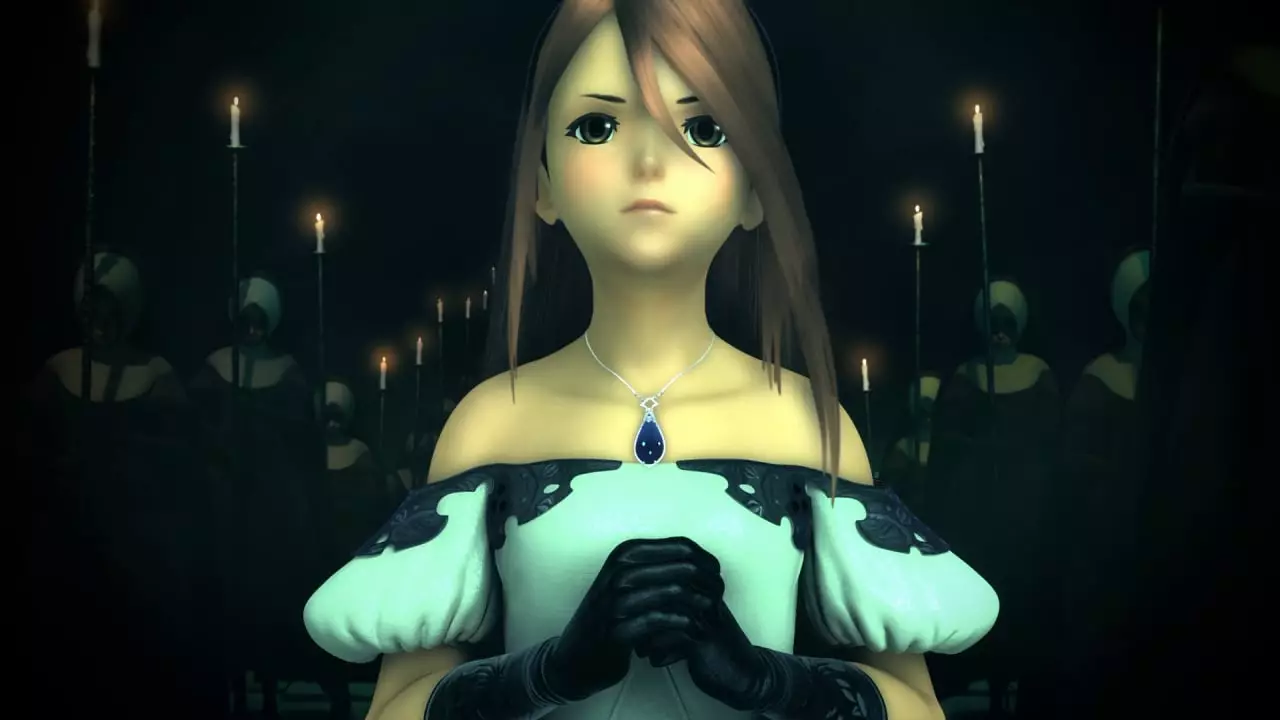There’s a palpable excitement among fans of the RPG genre with the announcement that Square Enix is bringing the beloved Bravely Default: Flying Fairy to the Switch 2 as an HD Remaster. Scheduled for a launch day release, this game represents a significant moment for fans who grew up with the original 3DS title. Not only does it offer nostalgia, but it also promises to modernize the experience with enhanced graphics and quality-of-life improvements. However, as with every remaster, it brings hope coupled with apprehension, particularly concerning gameplay mechanics that defined the original.
Encounter Rates: A Game Changer for Player Experience
One of the features that had fans on the edge of their seats was the encounter rate setting. The original Western release of Bravely Default allowed players to toggle the encounter rate down to zero, delivering potential stress relief and a more tailored gaming experience. With today’s gaming culture increasingly focused on player customization, the ability to completely switch off random encounters is not just a convenient feature—it represents a philosophy that prioritizes user experience and player agency.
Initially, it seemed that this popular feature might be lost in the HD Remaster due to a blog post suggesting a restrictive encounter rate adjustment of between 50% and 200%. Such limitations had many gamers lamenting a significant step back in player freedom. Fortunately, Square Enix’s subsequent clarification confirmed that the option to set the encounter rate to zero would be available—albeit likely reachable only after progressing through the game.
Evaluating Design Choices
While it’s gratifying to know that the encounter toggle functionality remains intact, one must wonder why it was locked behind progression instead of being made readily accessible from the start. This decision may stem from a desire to entice players to engage with the game’s combat mechanics more deeply before granting freedom. After all, Bravely Default’s combat has historically been one of its greatest attractions, offering intricate strategies and creative character builds. However, this restrictive approach may backfire by alienating players who prefer an experience aligned closely with their personal play style.
Imagine the frustration of more casual gamers who simply want to explore the beautifully crafted landscapes without constant interruptions from random foes. The need for flexibility caters to a wide audience, and it would seem more prudent for Square Enix to adopt a fully inclusive model from the outset rather than potentially disenfranchising a segment of their player base.
Creating a Balance Between Old and New
In discussions about remastering classic titles, balancing nostalgia and innovation is pivotal. Games like Bravely Default: Flying Fairy benefit greatly from modern upgrades, such as enhanced graphics and the addition of new mini-games. Nonetheless, retaining features that resonate with long-time fans is equally vital. The conflicting voices between respecting the original versions’ mechanics and introducing new gameplay elements make the task both challenging and essential for success.
In some ways, it’s commendable that Square Enix aims to add fresh elements to the game, potentially attracting a new generation of gamers. The introduction of new mini-games not only enhances replayability but also enriches the lore and overall experience. However, it should not come at the cost of crucial gameplay freedoms that fans have come to expect.
Anticipating the Reception
As the release date draws near, the community is understandably buzzing with anticipation, yet tempered by skepticism following the recall of features. While the positive news surrounding the zero encounter rate toggle can lift spirits, it doesn’t erase the initial confusion and uncertainty surrounding the remaster. The way Square Enix navigates fan feedback and aligns the remaster with the expectations of both new and returning players could very well dictate its success.
In an age where RPGs are becoming increasingly accessible with a plethora of settings and options, failing to uphold such standards might get lost in the shuffle of modern releases. As it stands, Bravely Default: Flying Fairy HD Remaster could serve as a hopeful case study in both preserving beloved elements and embracing the evolution of gaming preferences.


Leave a Reply